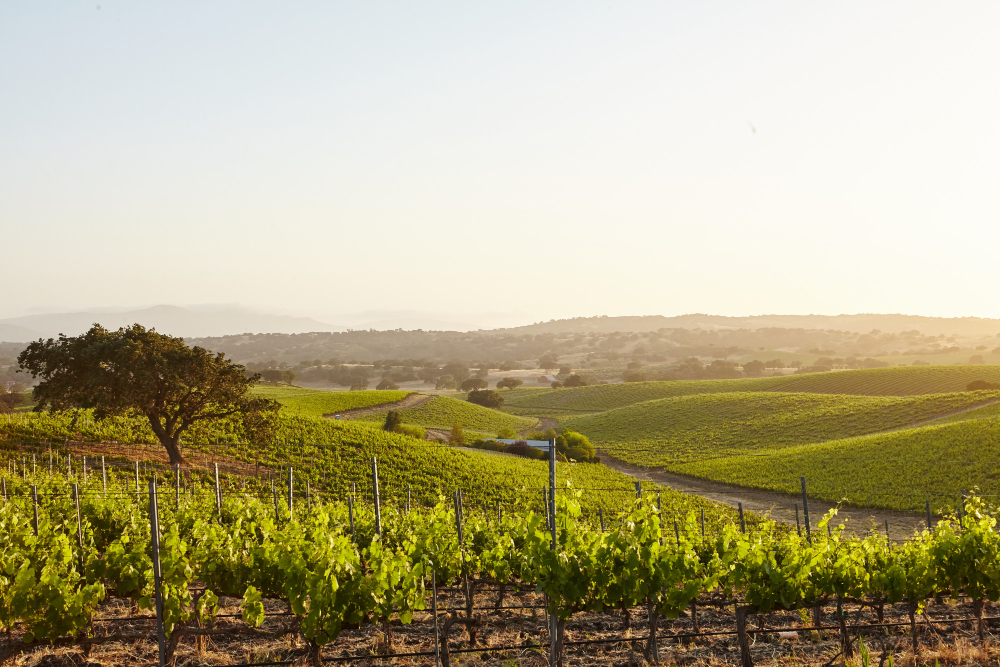In recent years, a unique and captivating form of tourism has been on the rise – enotourism. This delightful blend of wine and travel offers enthusiasts the opportunity to explore vineyards, wineries, and cellars, immersing themselves in the rich heritage and culture of wine production. Enotourism is more than just a journey for the palate; it’s an experience that combines leisure, education, and cultural enrichment. One of the key attractions within this trend is the chance to visit bodegas, or wineries, where one can discover the art and science behind winemaking while indulging in the pleasures of wine tasting.
Unveiling the Enotourism Experience
Enotourism, or wine tourism, has rapidly gained popularity as a unique way to discover the landscapes, traditions, and history of wine-producing regions. Unlike traditional sightseeing, enotourism encourages visitors to engage all their senses as they explore the vine-covered hills, learn about grape varieties and cultivation techniques, witness the meticulous wine production process, and ultimately savor the end product. The allure of enotourism lies in its ability to create an intimate connection between visitors and the land, fostering an appreciation for the intricate relationship between nature, culture, and the wines that grace our tables.
The Fascination of Visiting Bodegas
Central to the enotourism experience are visits to bodegas, the heart and soul of wine production. These wineries open their doors to enthusiasts, offering guided tours that unravel the mysteries of winemaking. Visitors witness the journey from grape to bottle, from the careful harvesting of grapes to the precise blending, aging, and bottling processes. The rich aromas, the soothing sight of barrels stacked in dimly lit cellars, and the melodic explanations of winemakers make for an enchanting experience that transcends mere consumption.
Wine-tasting sessions further enhance the experience. Guided by sommeliers, visitors engage in a sensory journey, learning to identify nuanced flavors and aromas while gaining an understanding of the impact of different factors such as terroir and aging on the final product. These tastings often culminate in the opportunity to savor rare and exclusive wines, allowing visitors to deepen their appreciation for the artistry involved in winemaking.
Enriching Cultural Leisure
Beyond the gustatory pleasures, enotourism provides an avenue for cultural exploration. As visitors traverse vineyards, they’re introduced to the history, traditions, and local anecdotes that have shaped the winemaking heritage of the region. Many wineries are located in picturesque locales, enabling visitors to immerse themselves in the stunning landscapes that contribute to the unique characteristics of the wines produced there.
Enotourism also contributes to the local economy, supporting the communities surrounding wineries. By engaging with local producers and artisans, visitors gain insights into the regional way of life, fostering a deeper connection between cultures.
Conclusion: A Toast to Enotourism and Spanish Wines
In the realm of enotourism, the allure lies in the seamless blending of cultural exploration, education, and leisure. The opportunity to visit bodegas and partake in wine-related activities enriches travelers’ experiences, unveiling the intricacies of winemaking and its deep ties to culture and history.
For those seeking to indulge in the wonders of enotourism and explore the exceptional offerings of Spanish wines, the phrase “spanish wine online” beckons. Through the digital gateways, enthusiasts can continue their journey by accessing a diverse array of Spanish wines, further enhancing their appreciation and understanding of the country’s rich winemaking heritage. So, let’s raise a glass to the captivating world of enotourism and the splendid Spanish wines that await exploration. Cheers!

